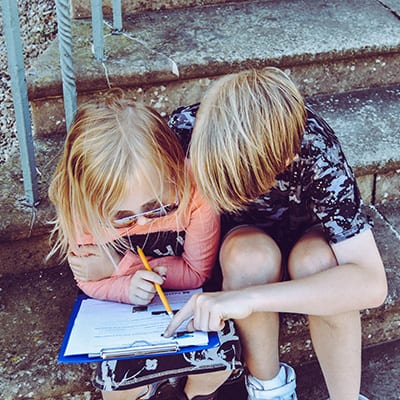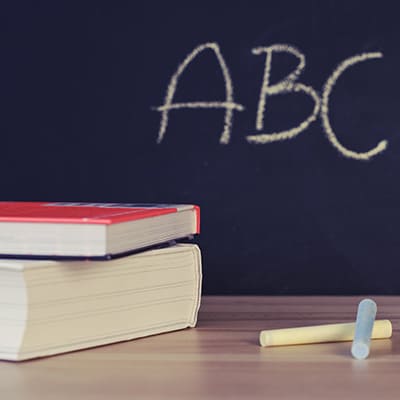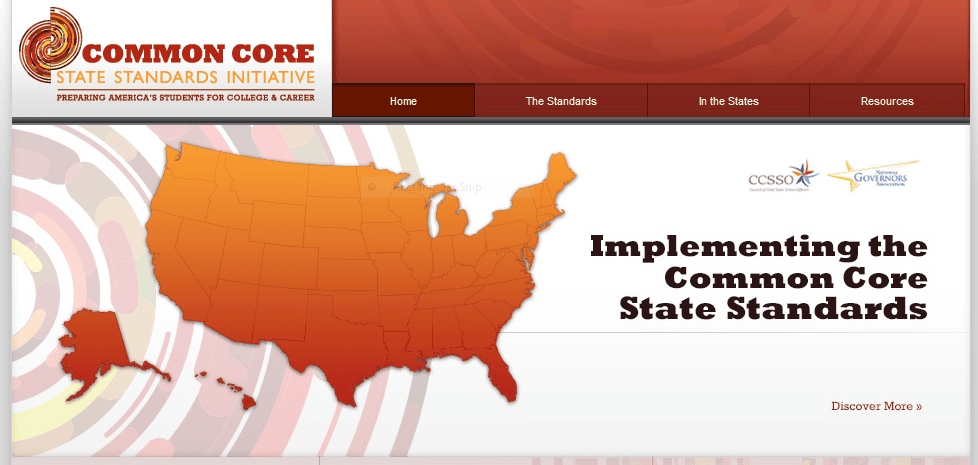Vocabulary Acquisition and Use Lessons Third Grade
Animated Reading Comprehension Lesson and Activity – Second & Third Grade
Animated Reading Comprehension Lessons & Activity (Second and Third Grade) Prefixes and Suffixes – You’ll love this fun and free vocabulary lesson! Children play a balloon game and make new words by adding prefixes and suffixes to root words. Specific feedback combined with exciting interaction makes this lesson a hit for parents and students. Basic…
More...Reading Passages (K-8)
Reading Passages (K-8) Reading Passages – Must register (free) to have access to passages. Covers reading levels kindergarten through eight grade. The passages can be used for comprehension, fluency, or about any reading skill in the Common Core State Standards. Informational and literary texts. Organized by grade or lexile. The reading passages can be used…
More...Common Core Reading Lessons: Comprehension Units
Common Core Reading Lessons: Comprehension Units Comprehension Units – These research-based units facilitate close reading, precise questioning based on evidence in the text, and focused discussion to enable comprehension of the entire text. Read-aloud and paired text lessons embody the most effective research-proven instructional practices to support student comprehension. Units are based on superb, carefully…
More...Common Core Reading Lessons: Vocabulary in Context
Common Core Reading Lessons: Vocabulary in Context The meaning of a word within a text. Vocabulary in Context Lessons – Covers kindergarten through sixth grade. Examples: Use picture cues to read unknown words. Use visual, meaning, and structure clues together to determine the meaning of a word. Use a dictionary to find the meaning of…
More...Common Core Reading Lessons: Setting
Common Core Reading Lessons: Setting Where and when a story takes place. Setting Lessons – Covers kindergarten through sixth grade. Examples: Identify when and where a story takes place. Identify and describe when a story takes place using evidence from pictures, text, and clue words. Determine the implicit setting of a story using context clues…
More...Common Core Reading Lessons: Plot
Common Core Reading Lessons: Plot The structure of events that make up the main story of a text. Plot Lessons – Covers kindergarten through sixth grade. Examples: Identify and describe the problem and solution in a story. Identify and describe the story elements in a story (characters, setting, problem, solution). Identify and describe how characters…
More...Common Core Reading Lessons: Main Idea
Common Core Reading Lessons: Main Idea The big idea in a text that tells what the text is mostly about. Main Idea Lessons – Covers kindergarten through sixth grade. Examples: Identify and describe what a book is mainly about using the title, text, and pictures. Identify and describe the main idea of a nonfiction book…
More...Common Core Reading Lessons: Genre
Common Core Reading Lessons: Genre A category or type of text, organized by common literary elements. Genre Lessons – Covers kindergarten through sixth grade. Examples: Identify the difference between fiction and nonfiction. Identify facts learned from a nonfiction text. Use guide words in an encyclopedia to locate a subject. Identify the characteristics of science fiction.…
More...Common Core Reading Lessons: Classify and Categorize
Common Core Reading Lessons: Classify and Categorize To arrange or organize details from a text into groups with similar traits (Categorize), and to name or label that group (Classify). Classify & Categorize Lessons – Covers kindergarten through sixth grade. Categorize characters based on their character traits, Classify and categorize information into an outline form, and more.…
More...Critical Nouns – Common Core Vocabulary
Critical Nouns – Common Core Vocabulary Below is a list of critical nouns students must comprehend for the Common Core State Standards K-12. Alliteration Analogy Argument Central Idea Conclusions Connections Connotative Language Details Evidence Figurative Language Illustrations Interaction Metaphor Mood Point of view Rhetoric Simile Stanza Structures Theme Tone
More...Critical Verbs – Common Core Vocabulary
Critical Verbs – Common Core Vocabulary Below is a list of critical verbs students must comprehend for the Common Core State Standards K-12. Analyze Articulate Cite Compare Comprehend Contrast Delineate Demonstrate Describe Determine Develop Distinguish Draw Evaluate Explain Identify Infer Integrate Interpret Locate Organize Paraphrase Refer Retell Suggest Support Summarize Synthesize Trace Verb Definitions analyze…
More...






